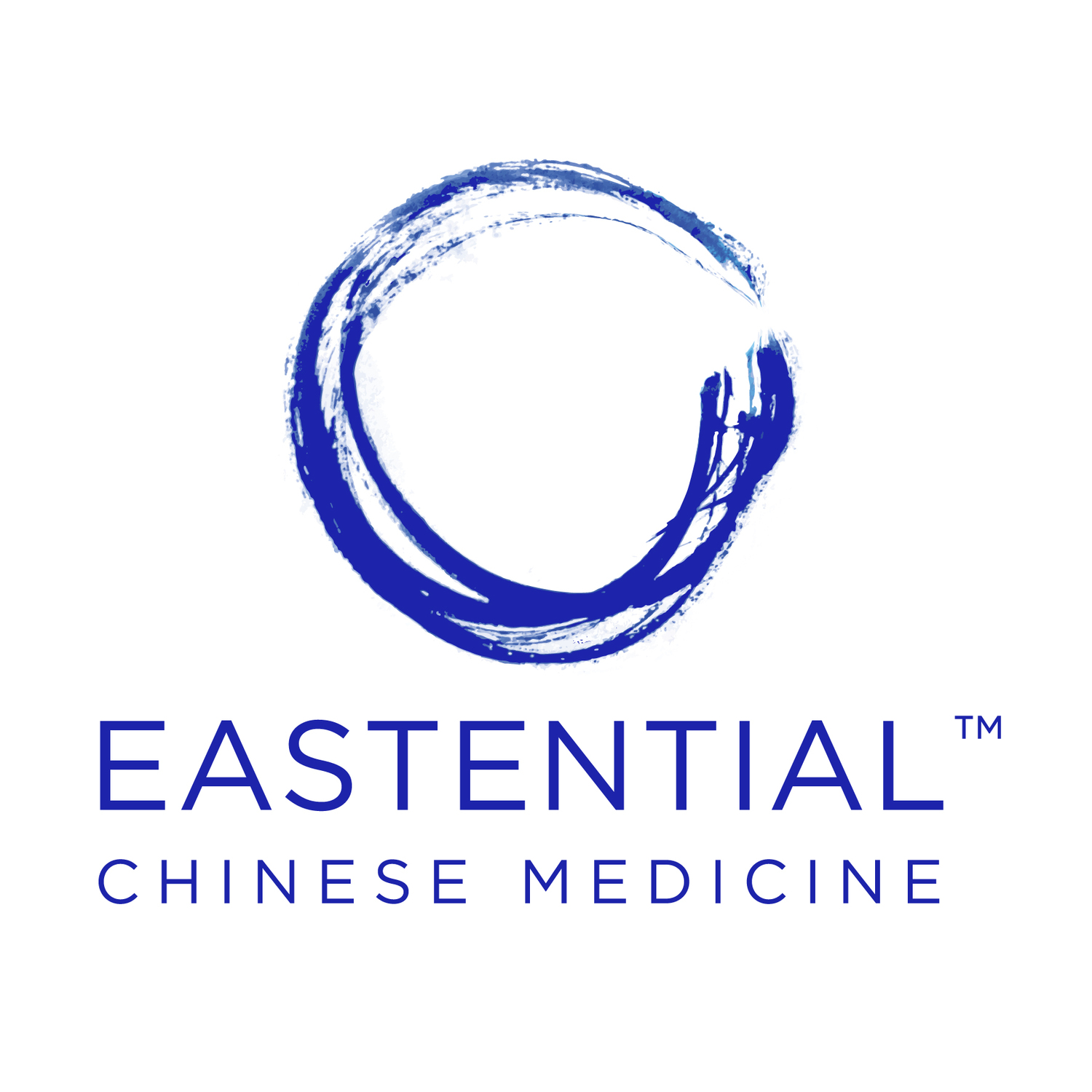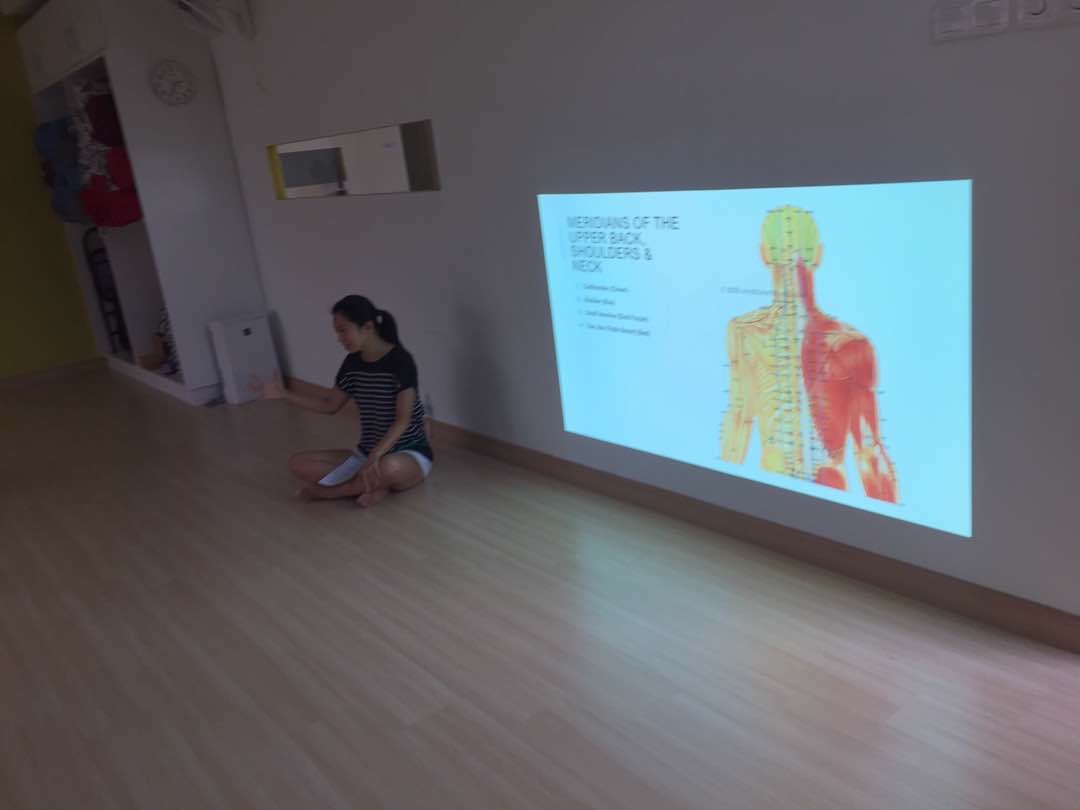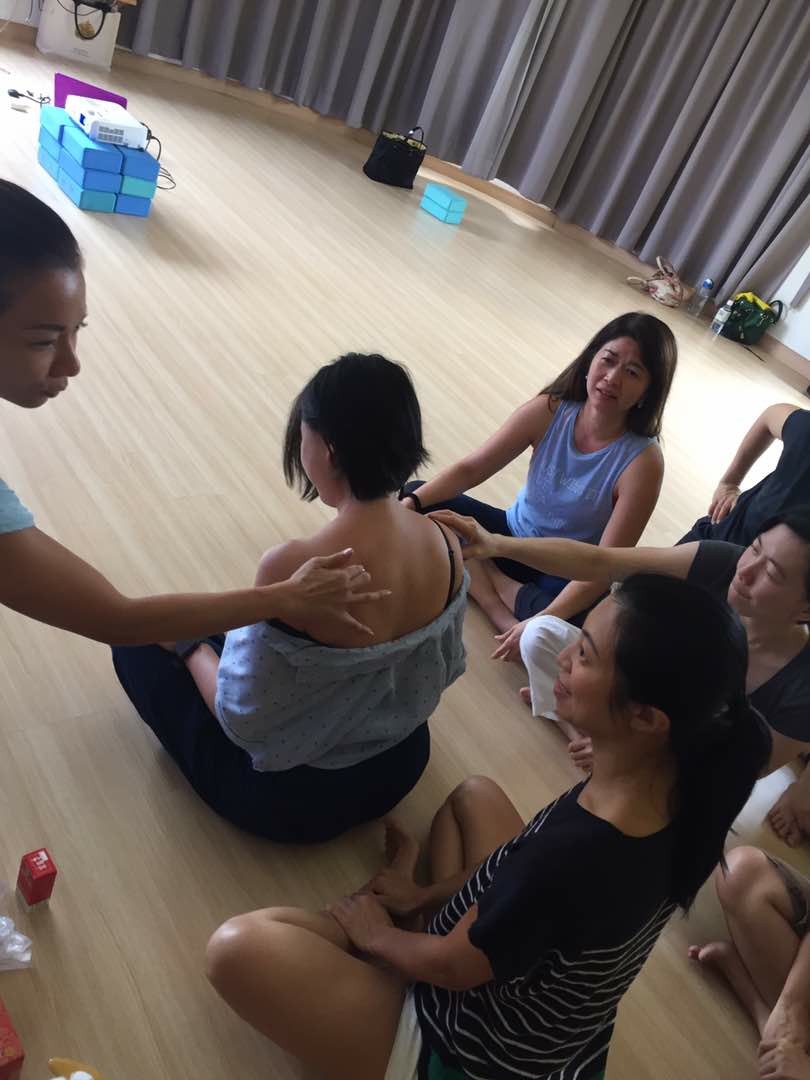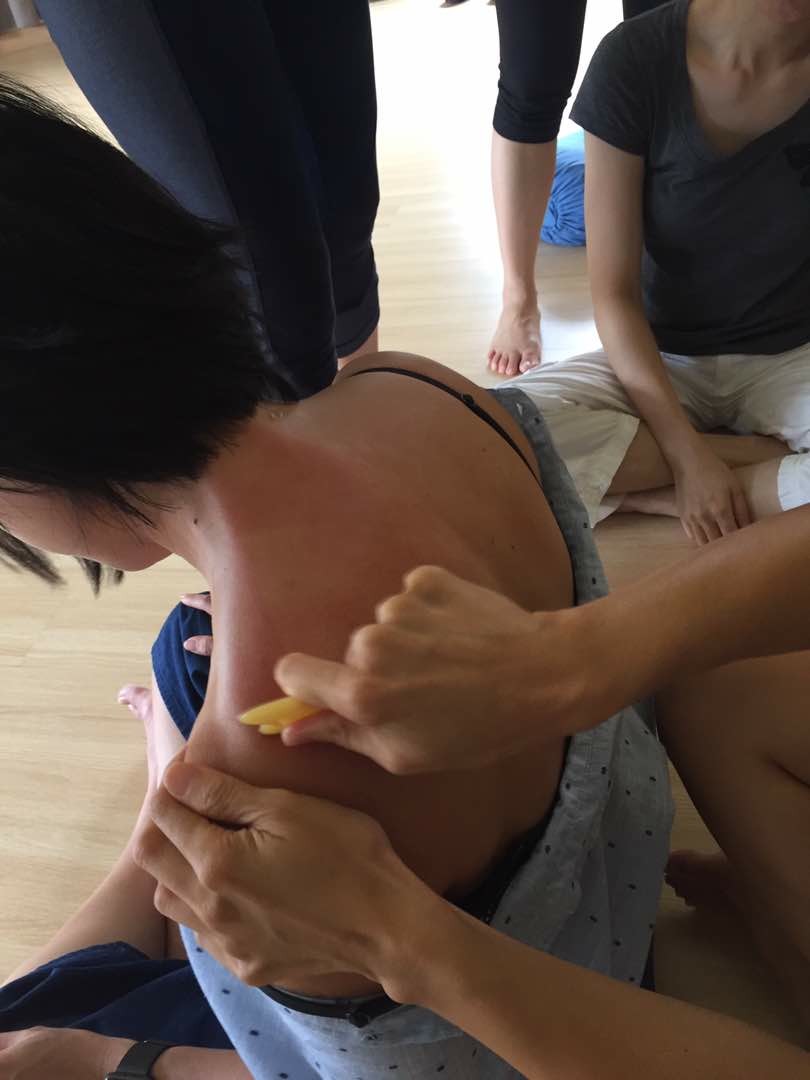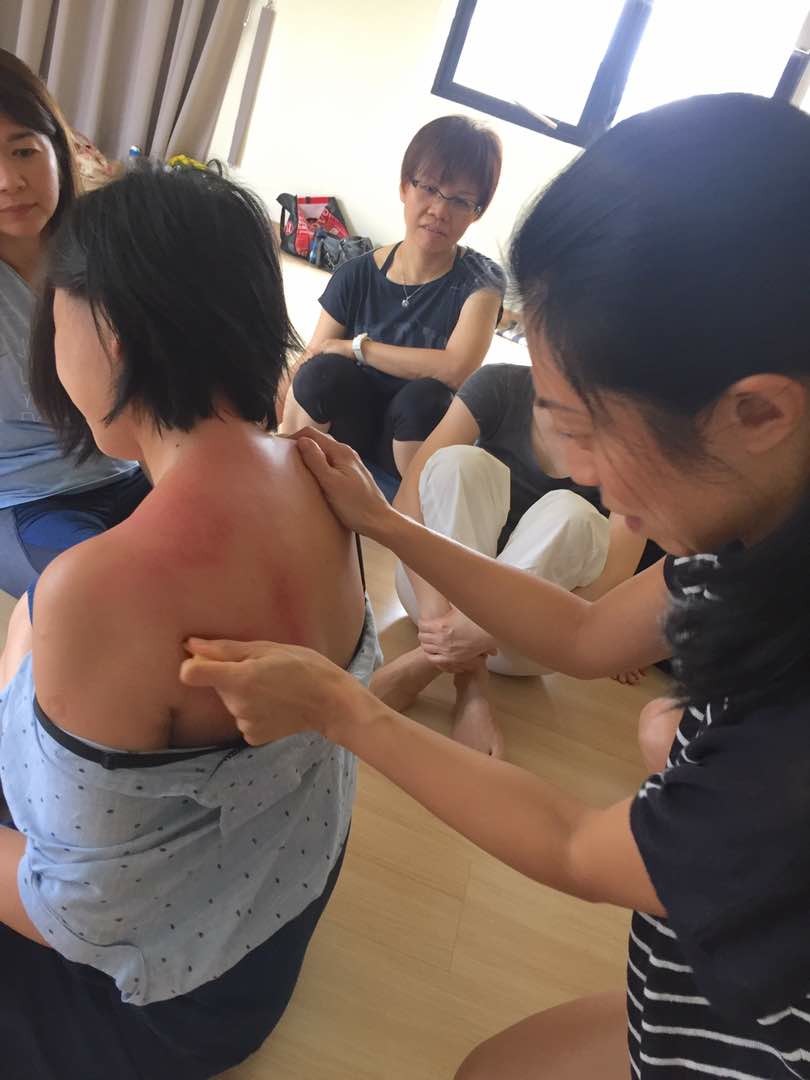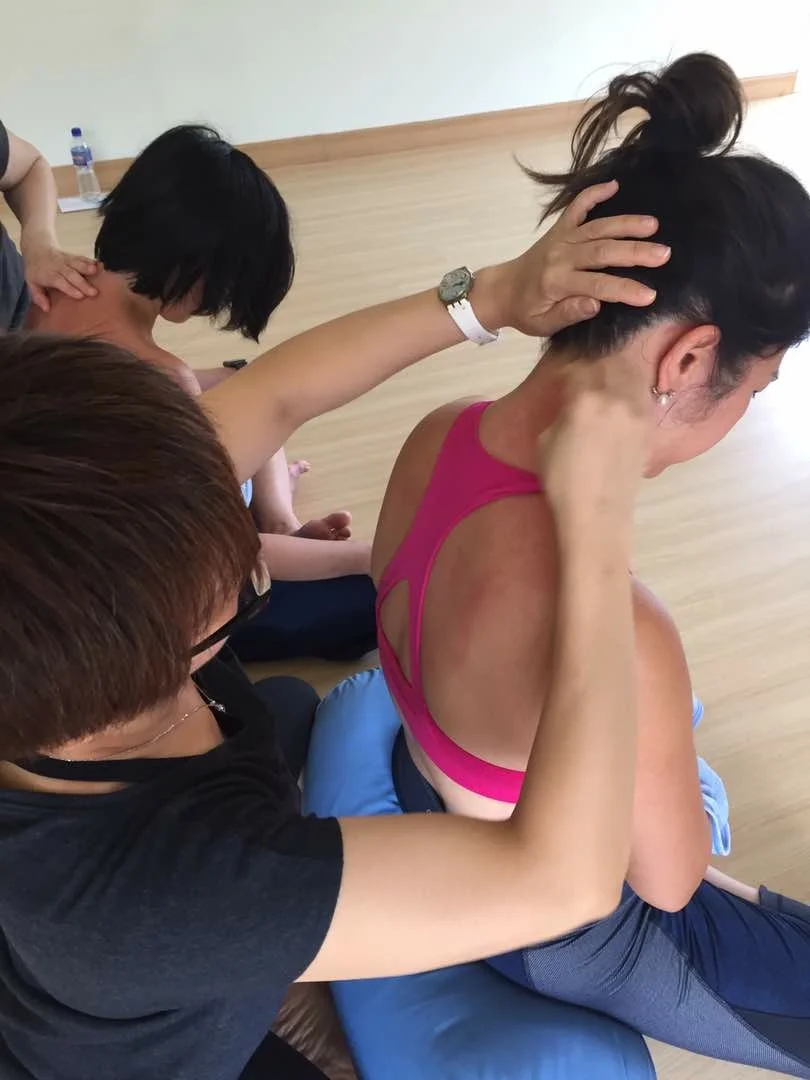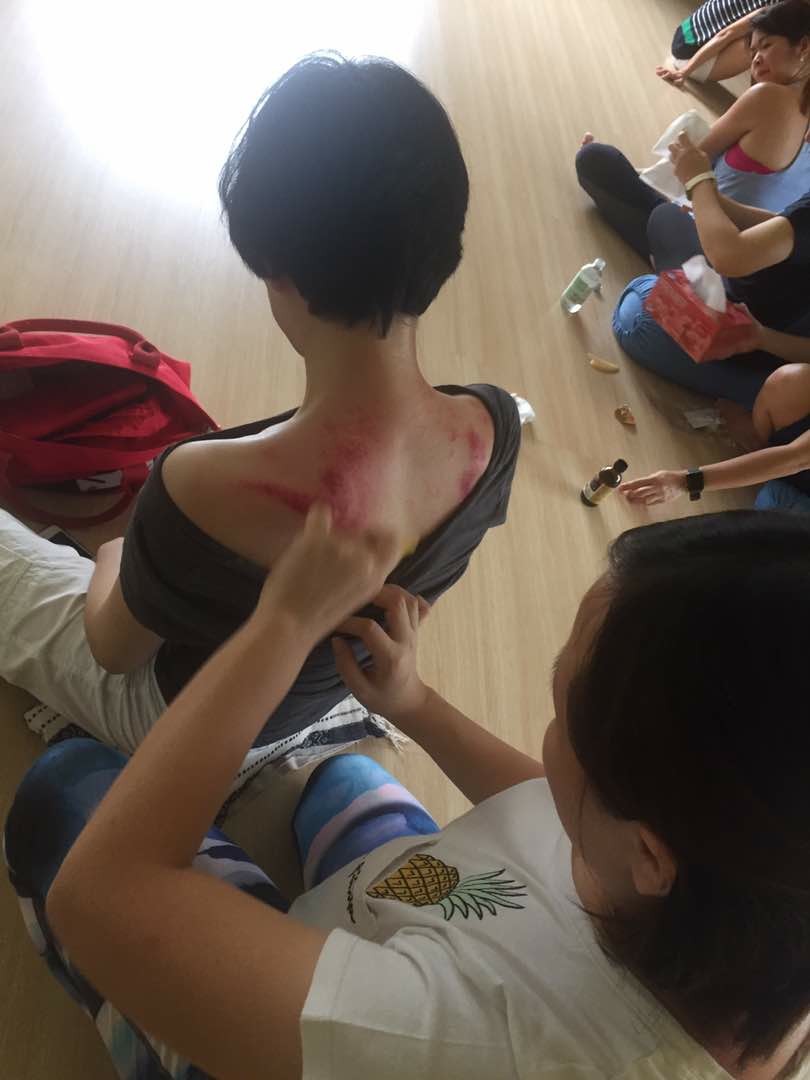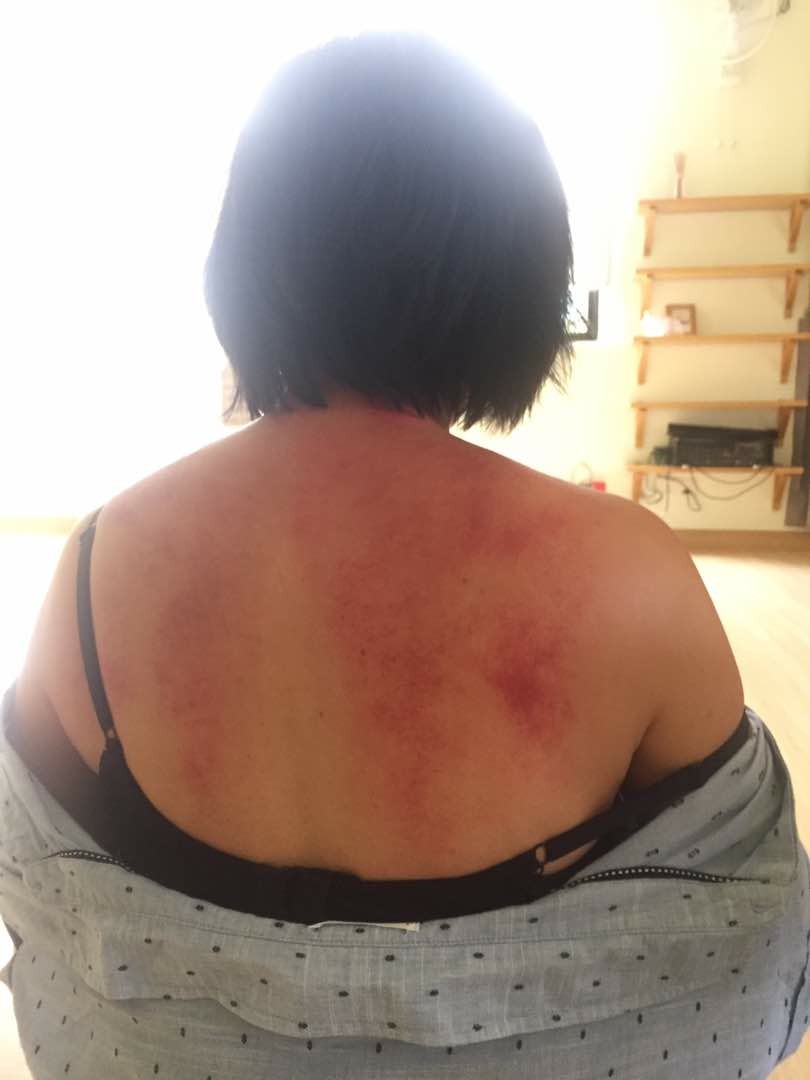Gau Sha is one of my favourite 'go to' ancillary tool to reduce and ease muscular pain, stiffness and tension, plus for many other ailments such as cold and flu, chills and fever, bronchitis, and a fantastic therapeutic method for facial rejuvenation treatments.
Gua sha, also known as “spooning” or “scrapping” is a common therapeutic treatment used in Chinese tradition and Chinese medicine practice. Gua means to rub or to scrape and Sha is a distinctive name given to a type of red dots or sand like redness that appears on the skin surface during and after treatment. These sand like redness are toxins and stagnation that lie deep within the muscle layers that are brought up to the surface to be eliminated. This encourage fresh blood flow to the site of blockage by nourishing and enhance healing to the body. This method of treatment is effective and brings immediate and lasting benefits to ones overall health.
My lovely friend, Angeline from Prana Yoga Kuala Lumpur suggested that I run a workshop on gua sha during my visit to Malaysia. She is a convert after I gave her some gua sha a couple of years ago to treat her chronic stiff neck and shoulders. She felt immediate release and subsequently, with further treatments the stiffness was completely resolved.
The workshop was held in Prana Yoga on an overcast and humid Saturday afternoon. The naturally lit and light wood flooring yoga space was a welcoming reprieve from the weather, and the perfect place to have the workshop. The attendees that signed up were in good spirit and enjoyed each other company while giving gua sha to each other. We started the workshop by going through the meridians that transverse on the neck, shoulders and upper back, and the primary and secondary signs and symptoms that is caused by the imbalance of these meridians. We also briefly talked about other benefits of gua sha other than for the treatment of musculoskeletal symptoms before the hands on demonstration and gua sha techniques were introduced. Below are some photos of the workshop and the results of the gua sha. The redness on the body may look painful and 'hideous' but the therapeutic effects of releasing stagnation and stiffness of the neck, shoulders and upper back were felt immediately, and enjoyed by everyone that attended.
Here is a short video on the demonstration of doing gua sha
